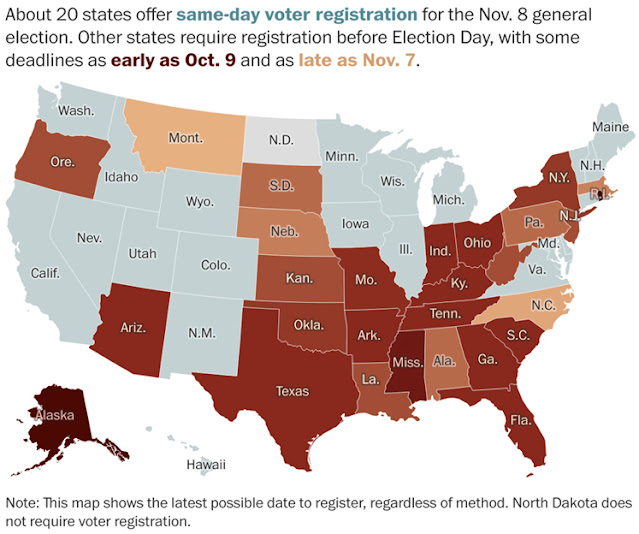 |
| PEN America map, not adjusted for population; for a larger version, click on it. |
PEN America identified 50 groups nationwide involved in pushing for book bans and of "those 50 groups, eight have local or regional chapters that, between them, number at least 300 in total; some of these operate predominantly through social media," the report says. More than 70 percent of these regional groups were formed since 2021 and those regional groups played a role in at least half of the 2,532 book bans that the nonprofit recorded during the 2021-2022 school year.
"These groups share lists of books to challenge, and they employ tactics such as swarming school board meetings, demanding newfangled rating systems for libraries, using inflammatory language about 'grooming' and 'pornography,' and even filing criminal complaints against school officials, teachers, and librarians," the report says.
The report cites Moms for Liberty, a nonprofit with more than 200 chapters aimed at banning specific literature, and MassResistance, designated as a hate group by the Southern Poverty Law Center, which also claims nationwide membership and has taken credit for book bans around the country.
State legislators have also applied pressure to local school districts. PEN America says a Republican lawmaker in Texas sent a list of 850 books to school districts across the state and asked them to report which of the titles they had in their libraries and classrooms.
The book bans spanned 32 states and more than 5,000 schools. Texas led the way with 801 bans across 22 school districts, while PEN America recorded 566 bans in Florida.
The nonprofit's index of banned books includes 1,648 unique titles — 41% of which addressed LGBTQ+ themes and 40% included prominent characters of color. Three-fourths of the banned titles are fiction.
 |
| Graph by PEN America; for a larger version, click on it. |

















